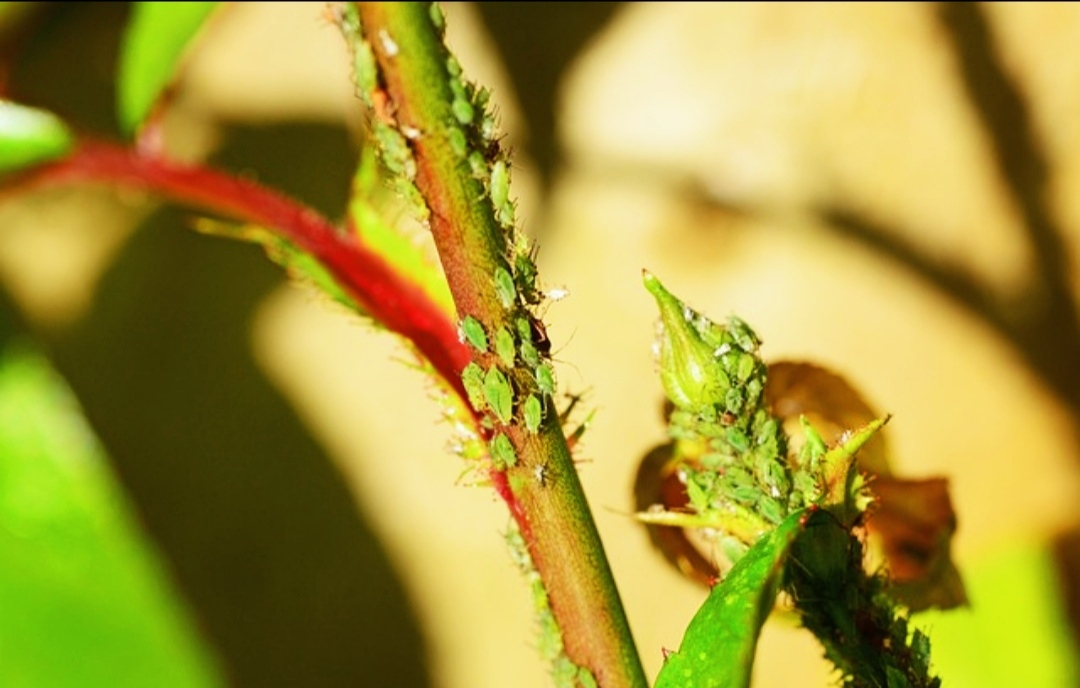The most common problem of plants is pest infestation which makes any plant dull, damaged, die in between the life and cost us also and ruin our caring attachment to plant also. So here we understand types of plant pests and their cure to get rid of them.
Some of the insects described here are also found on indoor plants so you will get the answer to the question – “how to get rid of bugs on indoorplants naturally? “
Table of Contents
Mealybugs
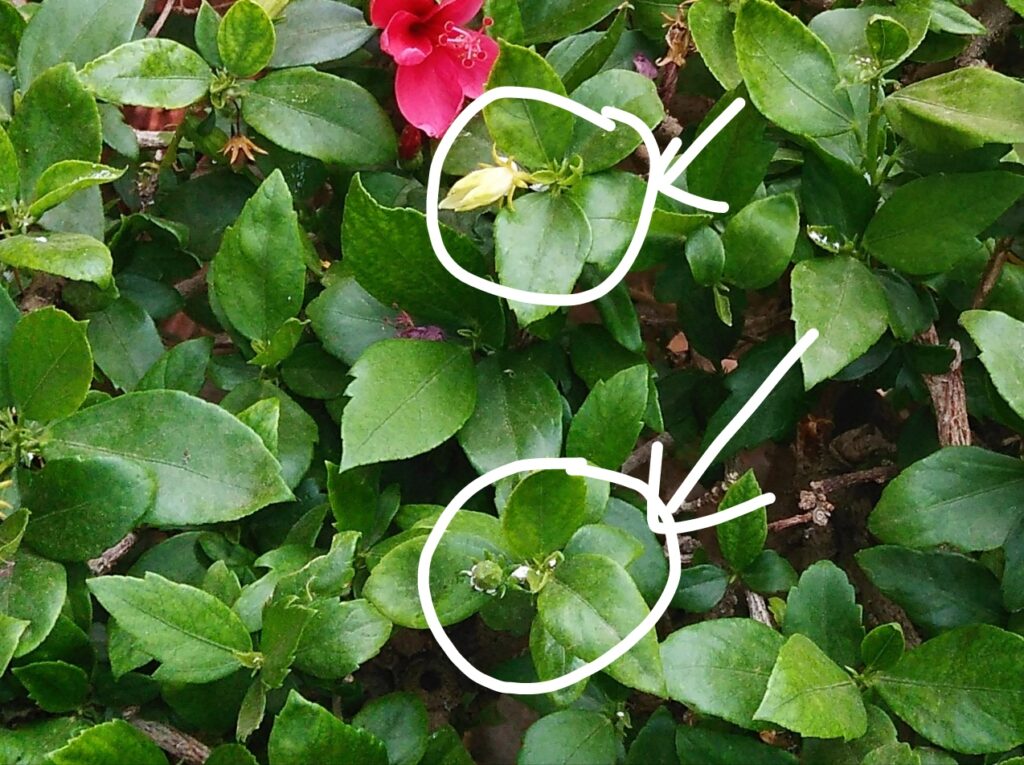
Most common insects on plants this is a sucking pest in the gardens and indoor plants, Mealybugs on Hibiscus Mostly found in warm climates it appears like the scale but has a white powder-like material on his back.
A bug without wings likes a humid atmosphere. But a few days after an infestation you can see fluffy growth. Usually, they feed on plant sap.
This is how they damage plants. Most of the time, you can see them all over Braches Peaks during high infestation time. Before they get mature they pass through soil to the host plant stem.

And then at the top of the plant and suck soft newborn shoots of the plants. As they get mature by eating the host plant white powdery material gets appeared on the backside of their body.
This is the time we notice that there is an infestation but it is very late.
What you can do is as a primary treatment is apply a small thick layer of grease to stem on the part as figured below.
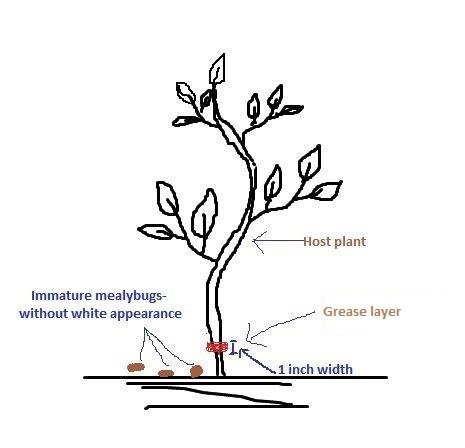
Some of the good remedies are a spray of insecticidal soap, or dish soap (not too concentrated solution ) usually they contain bleach and this suffocates the mealy bugs.
Before trying any remedies always check or try on one of your plant leaves.
You can try natural non-toxic neem oil. Ask about the dose to the vendor during the time of buy. It will act as a repellent.
You can try rubbing alcohol but as far as I know, it will not work as expected on a heavy infestation.
Get a more detailed organic cure for Mealybug.
Scale (Control methods of scale )
Scale- pest It is shell-like insects on plants’ stems and below sides of the leaves. Which scientifically refers to scale? These are types of coccids insects. They cause big havoc because they reproduce profusely.
They infest a variety of plants. Infests the surface of plant leaves and veins of the host branches They also act as vectors for some plant diseases. Usually found in gardens, orchards, and some of the cash crops.
In India geographically species change but there is an Indian wax scale (Ceroplastes ceriferous) I have noticed on my cycas palm plants, they are damaging it.

You can see below them in the photo There is a natural remedy for it, If a ladybird beetle is visiting your garden there is good news for you because it’s a predator for this scale. “Several scale insects are well regulated by local predators”- source: Informatics journals.
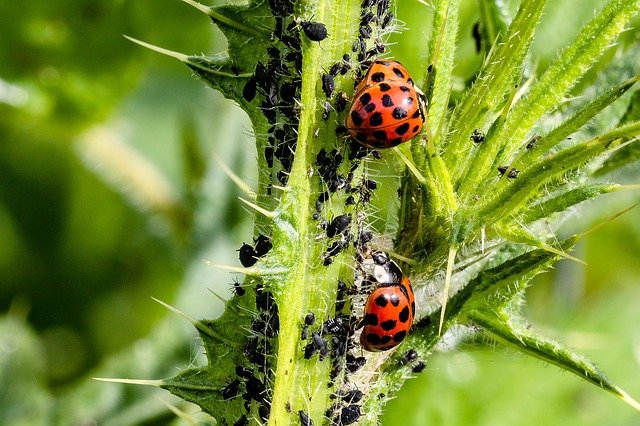
There are different varieties of scale but what mostly I found in my state of Gujarat and on the garden plants is the Indian wax scale. As of now a trend of organic gardening everywhere it’s a good thing to follow for the treatment of pests.
Thrips (Control methods of Thrips )
Thrips appear mostly minute 1 mm long-winged insects on plants, this is also a sucking kind of pests.
Which usually feed on plants by sucking and puncturing the plant’s soft parts? Generally feeds on plant’s new shoots where they found soft leaves and new buds. You can see more spread in greenhouse plants.
Major of the thrips are pests in garden plants and cash crops and some of them also role as a vector for plant viruses. Few species are useful as mite predators and pollinators.
If your flowers bud is in very immature stages die there are chances it has a thrips infestation.
How to control-
It’s not easy to control, you would use pesticides, but you like to avoid chemical use on plants one can cut the infested part of the plant and properly remove the part away for the garden area.
Regular watering on whole plant parts. Then insecticidal soap and neem oil can be useful also.
Thrips can be controlled by insecticides, but you need to care for what you killing because there predatory thrips which are good for your plant also. and see for children also.
Learn about beneficial thrips. To identify any kind of these pests you can use a small magnifying glass or you can check with a Smartphone camera for detailed looks. In the first place, you can judge with the naked eye also.
Aphids (Control methods of Aphids- this is also a common insect on plants )
These insects on plants are tiny sucking insects on plants; they have other names like greenflies or black fly.
Having a soft body structure with piercing mouth organs to fees on plant sap, especially on leaves of the host plant.
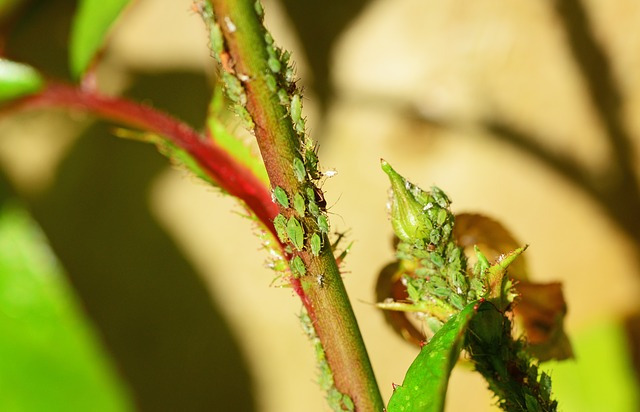
How the problem starts Infestation usually results from a small number of winged aphids flying to the host plant and finding it a suitable host.
They lay several wingless young on the softer tissues before searching for a new plant. The remaining immature aphids or nymphs feed on the plant sap and gradually grow in size.
They mature in 710 days and are therefore ready to produce live young. Usually, they are all daughters and each is capable of producing 40 to 60 offspring.
Aphid numbers may increase until conditions are so dense, or the plant is so stressed, that it produces winged forms.
These winged forms fly off in search of new hosts and the process is repeated.- Source: Aphid (ENTFACT-103)
Control Off-season discovery is the key to reducing aphid infestations. Flight of winged settlers cannot be targeted, so a fortnightly survey of factories will help determine the need for scrutiny.
Examine the nest area and the underside of new leaves for clusters or colonies of small aphids. The presence of these colonies indicates that the aphids have established themselves in the plants and their arithmetic will begin to increase rapidly.
The small calculus of individual colonies on small labs can be crushed by hand or removed by pruning as they are planted. In some cases, this can provide useful control.
However, either a control measure should be considered If aphid colonies can be planted on about 5 or further of verdure tips of a workshop or planting. Utmost products used for aphid control work as contact fertilizers.
This means that the aphids must be hit directly with spray globules so that they can be absorbed into the whippersnapper’s body.
5. Snail- (Control methods of leaf miner)
It’s a common insect on plants in the garden. When they attack the garden no one knows. In the size of small you will not get noticed them easily but after feeding for few days and regeneration of their census increases on a remarkable number.
After such a situation, you see your garden or pot plants very green & healthy and on the next day, you will find them eaten on next day. And you will be like what the hell happens, that’s the snail.
There are some chemicals also available in the market but for some domestic gardening here we suggest some homemade solutions/cures for it.
1. You can spread some table salt (NaCl) around the plant’s main stem means to avoid the rot zone make a ring of salt. It may prevent them from climbing the plant and damaging it.
2. Ashes of freshly burn woods. Like same way above spread it around the plant in a peripheral circle. It’s a good cure because it also adds some nutrients to plant-soil also.
3. If we can think of a chemical then you can use Mgso4 Epsom salt.
4. See weed extract can also be used to avoid them, they usually don’t like it. Another extra benefit is your plant gets micronutrients also.
5. Take some approx amount of Sugar (approx 20-30grams) add some cooking yeast in it put the mixture in one bottle of around 300-500 gram bottle and bury it in a route of snails or in and around where you found your plant damaged.
6. Diatomaceous Earth- it’s available in the online marketplace/nursery also. Ask for food-grade earth. It also keeps snails and slugs away.
6. LEAF MINER (Control methods of leaf miner)
If you ignore the leaf miner. They are usually black flies. The larva of these flies causes damage to the plant.
These insects on plants generally appear as the pale yellow or white lines on the plant leaves. This is where this larva lives and feeds. You can try some pesticides/insecticides for these insects on plants on it.
But to get maximum control you need to find the exact time to spray insecticide. To effectively rid plants of leaf miners with pesticide, in the early spring, place a few infected leaves in a ziplock bag and check the bag daily.
To effectively rid plants of leaf miners with pesticide, in the early spring, place a few infected leaves in a ziplock bag and check the
bag daily. When you see small, black flies in the bag (which will be the leaf miner larva becoming adults), spray the plants daily for a week. – Source: gardeningknowhow.com
This will affect the physiological cycle of the leaf miner. By controlling the larva and so as eggs also. It’s a natural remedy for it. You can try some organic products available in the market containing – organic compound Eugenol and Fatty acid salts.
It also controls mealybugs whiteflies, scales also. You can try this on some vegetable plants like cucumber also. Blue sticky traps are also good to control flying egg-laying adults.
Hope you find this article for insects on plants in the garden it may also be found in house/indoor plants. Did you find this article helpful?
Conclusion
You can get rid of the plant pest for your garden and plants if you be vigilant, And they can be cured without using any pesticide. Mean by other remedies descried above before its get to the late. As learned every pest has starting stage, mid stage, and wide spread. You can control them in first two-stage by such a remedy but in the last stage times, it needs to cut the plant part to remove them. Hence learn, know and make your plant pest-free.
The above article answers the following question
- What are common pest of a plants? read the above information
- How do I identify bugs on my plants? read the above information
- How do you get rid of bugs on plants? read the above information
Share it with your friend who loves gardening.

